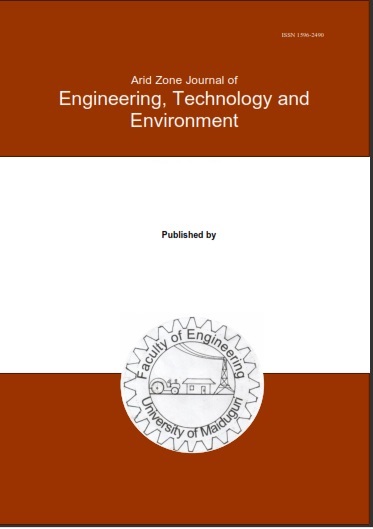Abstract
Access to clean drinking water is a fundamental human right. Yet, improved drinking water is still a major challenge in many developing countries today, retarding progress and human development. This study investigated the coagulation performance of denatured kenaf crude extract (KCE) in water treatment using a jar tester. To assess its coagulation performance, KCE suspension samples were heated at 60, 97 and 140 °C for 2, 4 and 6 h while the remaining samples were stored for 3, 5, 7, 10 and 14 days respectively prior to the test. The results show that maximum turbidity removal of approximately 98, 97 and 99% was achieved with sample heated to 60, 97 and 140 °C from 86% recorded with the unheated sample. Interestingly, KCE which had been stored for 3-day duration achieved maximum turbidity removal of 84% compared with the 88% recorded with the fresh sample, although at a dosage, far lower (40 mg/l) than that of the fresh sample (80 mg/l). Therefore, the use of denatured KCE by heating is advantageous for people in developing countries which resulted in improved turbidity removal performance. Conversely, storing the crude sample did not improve the efficiency but its performance was remarkable at lower dosage.

This work is licensed under a Creative Commons Attribution-NonCommercial-NoDerivatives 4.0 International License.
Copyright (c) 2023 Arid Zone Journal of Engineering, Technology and Environment published by University of Maiduguri, Nigeria

